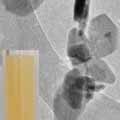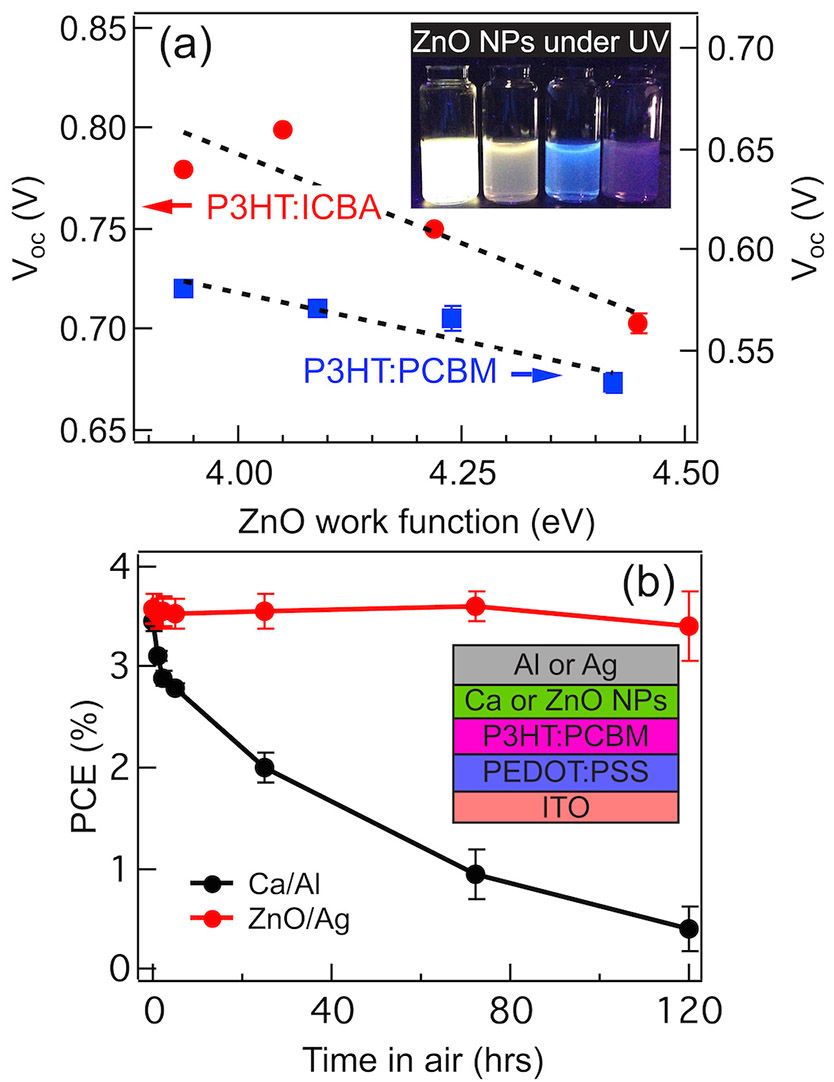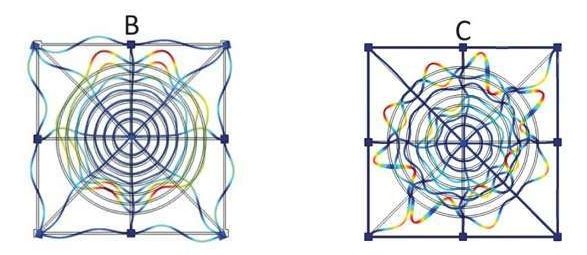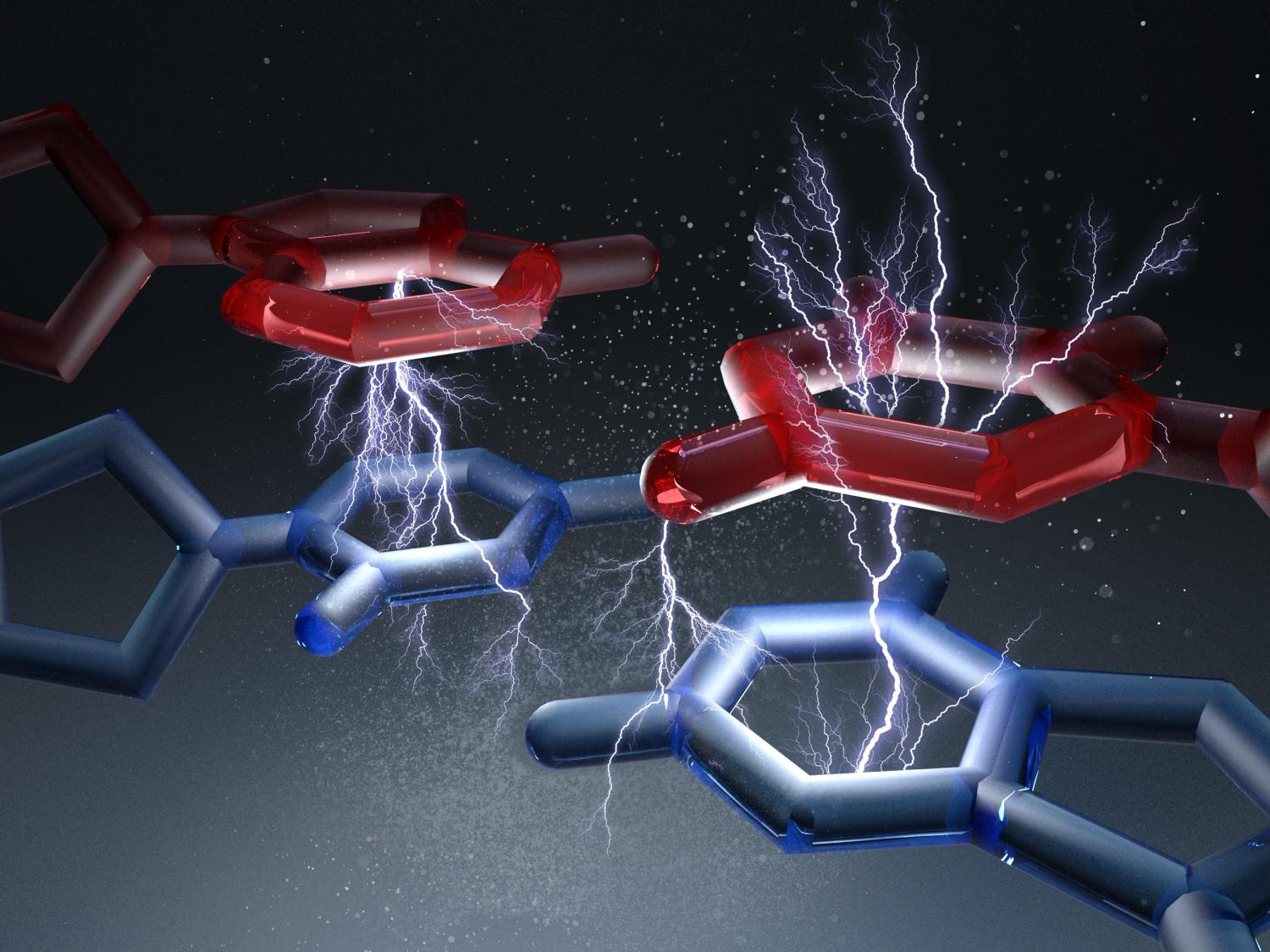The PLANETS telescope will be our first step to seeking out biosignatures in exoplanetary atmospheres.
Nice breakthrough.
Solution-processing methods are used to synthesize metal-oxide nanoparticle suspensions and thus realize efficient and stable devices.

Interfacial contact layers (ICLs) are thin films of semiconductors that can be inserted between the active organic layers and electrodes of organic photovoltaics (OPVs) to significantly improve the performance and stability of the devices. There are two types of ICL: hole transport layers (HTLs) and electron transport layers (ETLs) that require high-work-function p-type and low-work-function n-type semiconductors, respectively.1 As a result of these work-function requirements, a high built-in potential is established across the active layer of the OPV.1 In addition, specific carrier types can be chosen to reduce the amount of recombination in the devices (i.e., to block the minority carriers).1 To minimize losses from contact resistance and absorption, ICLs therefore need to be good electrical conductors and to be transparent to visible light.
Spider silk is well-known for its unusual combination of being both lightweight and extremely strong—in some cases, stronger than steel. Due to these properties, researchers have been developing spider-silk-inspired materials for potential applications such as durable yet lightweight clothing, bullet-proof vests, and parachutes.
But so far, the acoustic properties of spider webs have not yet been explored. Now in a new study, a team of researchers from Italy, France and the UK has designed an acoustic metamaterial (which is a material made of periodically repeating structures) influenced by the intricate spider web architecture of the golden silk orb-weaver, also called the Nephila spider.
“There has been much work in the field of metamaterials in recent years to find the most efficient configurations for wave attenuation and manipulation,” coauthor Federico Bosia, a physicist at the University of Torino in Italy, told Phys.org. “We have found that the spider web architecture, combined with the variable elastic properties of radial and circumferential silk, is capable of attenuating and absorbing vibrations in wide frequency ranges, despite being lightweight.”
Many bacteria possess molecular spear guns, which they fire at enemies and rivals, thus putting them out of action. The tips of these nano-spear guns, known as Type VI secretion system (T6SS), are loaded with toxic molecules that lead to death of their adversaries. However, sometimes close related bacteria come under fire. The team of Prof. Marek Basler, infection biologist at the Biozentrum of the University of Basel, has shown for the first time, that in contrast to their enemies the harpooned sister cells actually profit from the attack: After a T6SS injection, they are able to reuse specific proteins to produce their own spear guns. Thus the related bacterial strains help each other to enlarge their arsenal of weapons and to fight their competitors.
Bacteria harpoon their opponents — and their allies.
The T6SS is firmly attached to the bacterial cell envelop. The tiny spear with a sharp tip is surrounded by a flexible sheath. “When bacteria fire their spear guns, the sheath rapidly contracts in just a few milliseconds and ejects the spear out of the cell into by-standing bacteria,” says Basler describing the mechanism. “The attackers then recycle the harpoon proteins remaining in the cell.” In this maneuver, the bacteria also hit related bacterial strains that do the same as the attackers: They disassemble the harpoon into their protein components and reuse these for new T6SS assembly.
DNA, our genetic material, normally has the structure of a twisted rope ladder. Experts call this structure a double helix. Among other things, it is stabilized by stacking forces between base pairs. Scientists at the Technical University of Munich (TUM) have succeeded at measuring these forces for the very first time on the level of single base pairs. This new knowledge could help to construct precise molecular machines out of DNA. The researchers published their findings in the journal Science.
Over 60 years ago, the researchers Crick and Watson identified the structure of deoxyribonucleic acid, which is more commonly known as DNA. They compared the double helix to a rope ladder that had been twisted into a spiral. The rungs of this ladder consisted of guanine/cytosine and thymine/adenine base pairs. But what keeps the DNA strands in that spiral structure?
Scientists at the University of Wisconsin-Madison have shown for the first time that transistors fashioned out of carbon nanotubes are actually twice as efficient as regular silicon varieties. This comes after decades of research regarding how carbon nanotubes can be used to design the next generation of computers. Speaking about the breakthrough, recently published in the Science Advances journal, Michael Arnold, a member of the team, said:
Making carbon nanotube transistors that are better than silicon transistors is a big milestone. This achievement has been a dream of nanotechnology for the last 20 years.
Since its discovery back in 1991, these one-atom-thick carbon tubes have been the focus of much scientific research. Its incredibly unique properties, experts believe, could pave the way for more efficient computing devices that at the same time consume significantly less power. Measuring nearly 50,000 times smaller than the width of a single human hair, this wonder material is made up of hexagonally arranged carbon atoms.








